- Home
- Science
- Environment
- How The Human Diet Will Suffer If Honeybees Disappear
How The Human Diet Will Suffer If Honeybees Disappear
If their cultivated bees continue to die out, beekeepers who make their living by managing bee colonies will go out of business.

Without commercial beekeepers, farmers will not be able to scrape together enough bees to pollinate their fields.
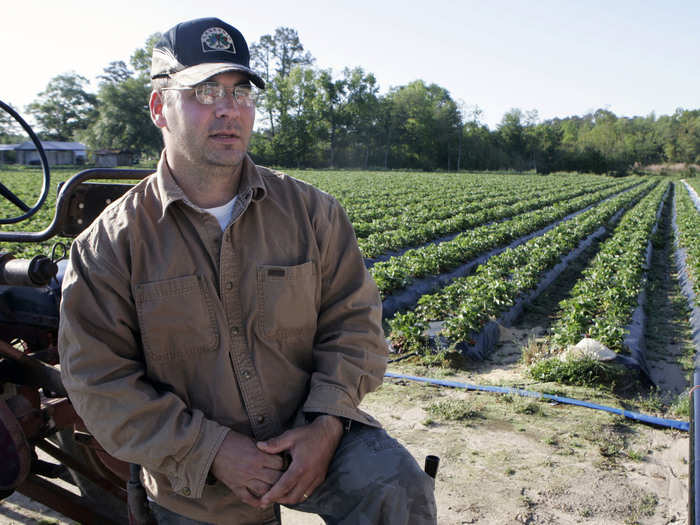
If the farmer does not provide fields or orchards with enough honeybees for pollination, the whole harvest can fail.
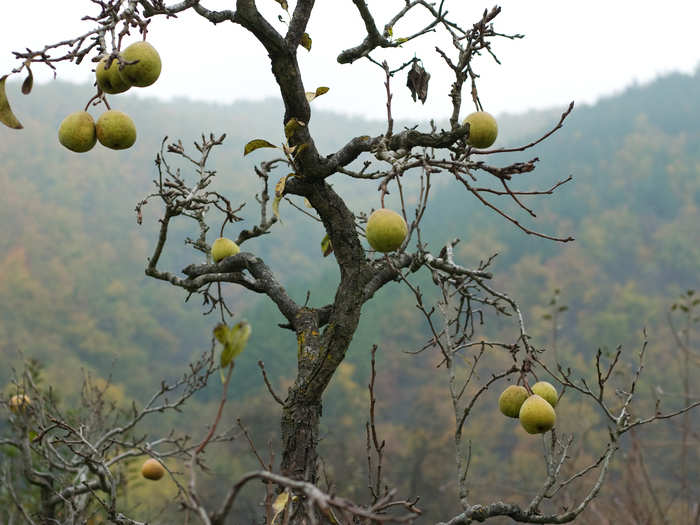
The majority of fruits and vegetables would go away. That includes apples, cherries, blueberries, avocado, broccoli, most leafy greens, cucumbers, pumpkins, and many more.
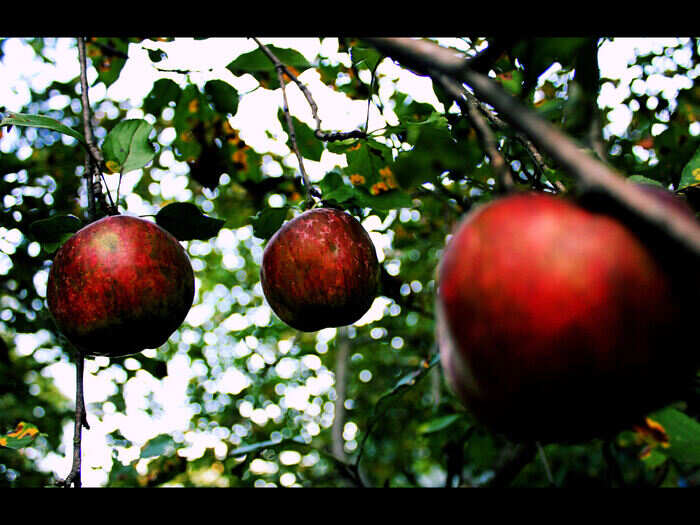
Almonds, which use two-thirds of the nation's managed honeybee colonies, would be one of the first crops to disappear without bees. Without any pollination, an almond orchard would produce less than one-sixth of what it will produce with pollination, according to Carlen Jupe, of the California State Beekeepers Association.
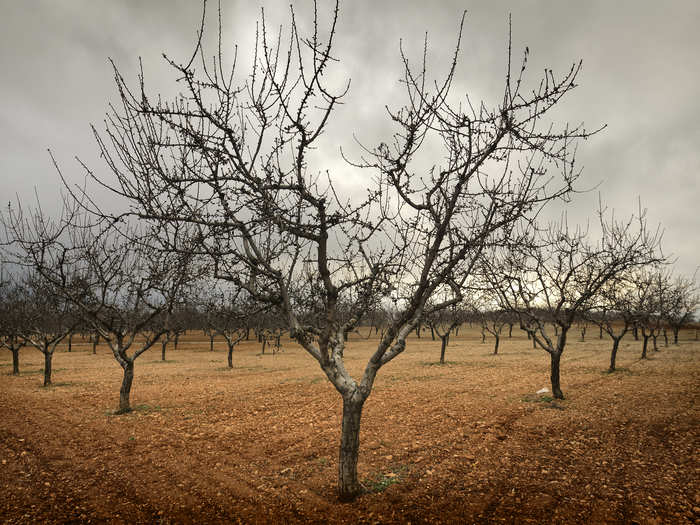
Almonds make a tasty snack, but they are also used in cereal, baking, and many other food products — all of which we would lose if almond crops collapse.
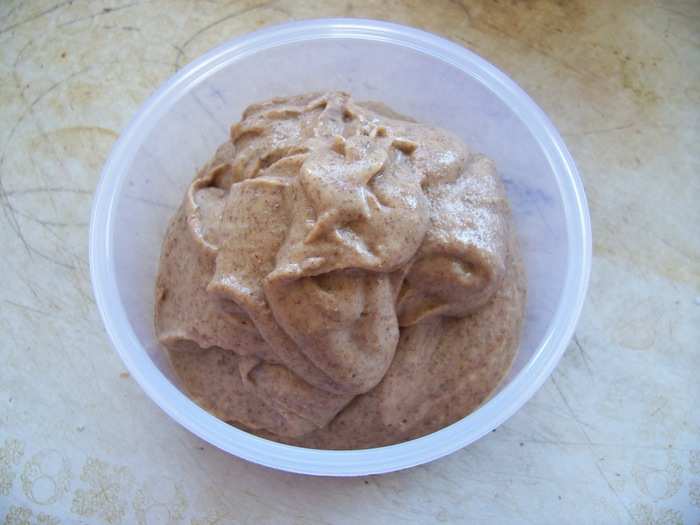
Additionally, almond hulls, or shells, are often ground up and used as feed for cows.
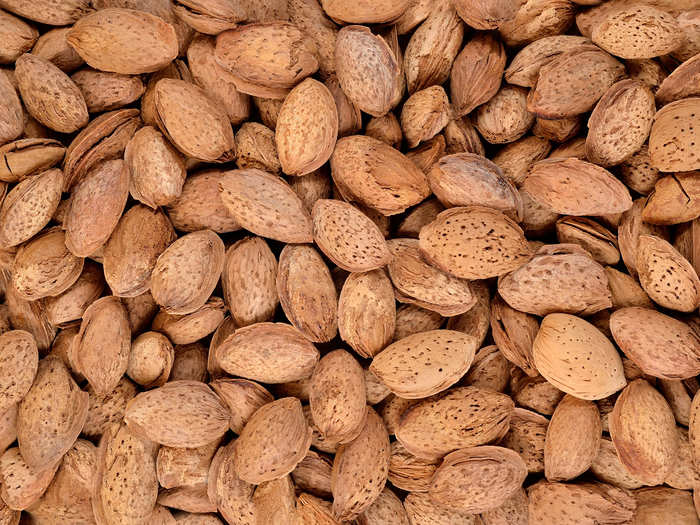
If cows don't get the proper nutrients, they can't produce milk.
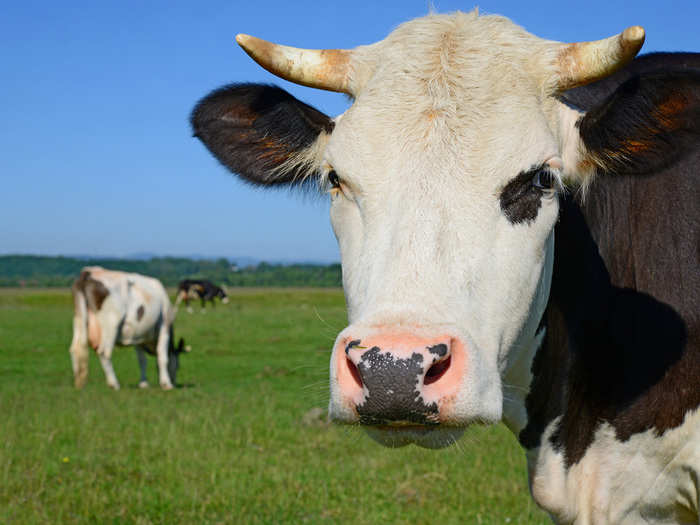
If there's not enough cow's milk, there will be less dairy products like cheese, yogurt, and ice cream. These products will also be more expensive.
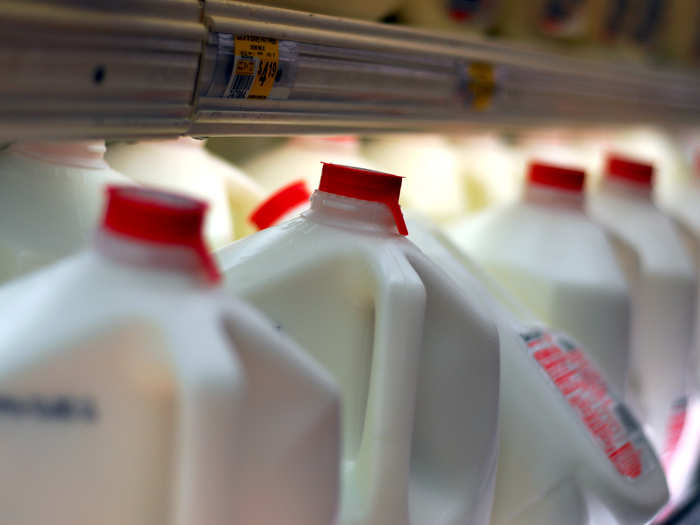
Bees are also valued for their honey. One crop, clover, is an importance source of nectar that bees must eat to produce honey. Lack of bees for pollination can mean the loss of the clover crop, and in turn, the bee's honey.
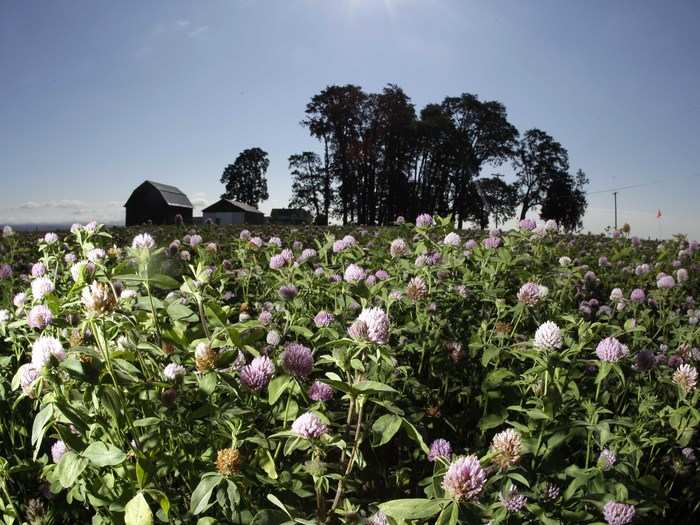
If bees can't make enough honey, then honey producers will go out of business.
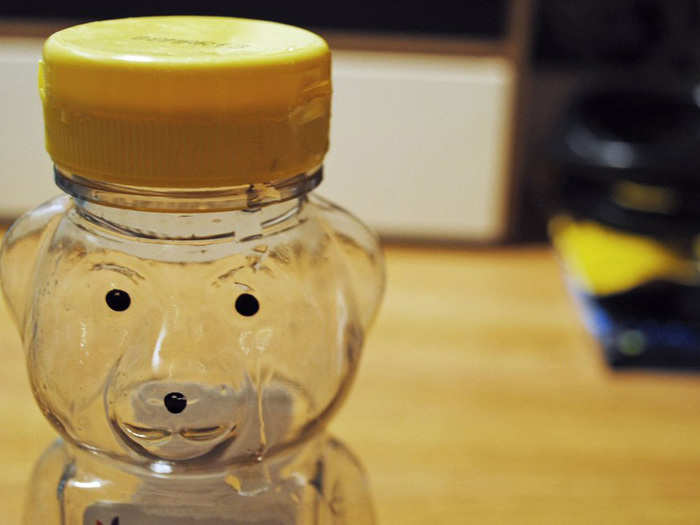
The cosmetic industry, which uses honey as a skin moisturizer in many creams, soaps, shampoos, and lipsticks, will also suffer.
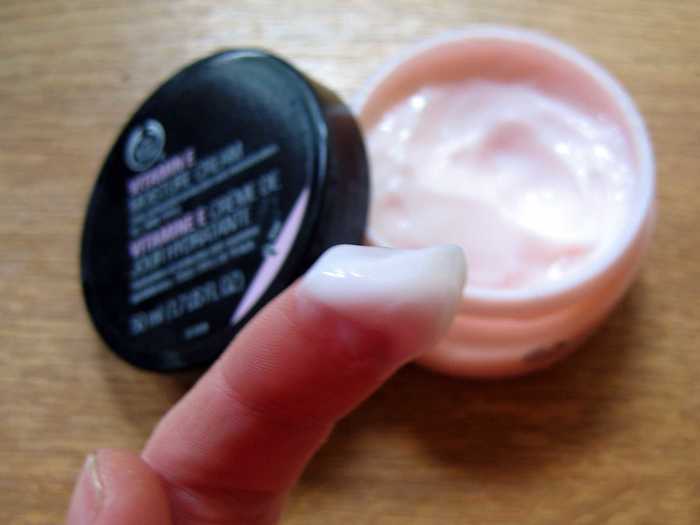
Oilseeds like cotton, sunflower, coconut, groundnut, and oil palm, which either depend on or benefit from bee pollination would also wither away, eliminating more than half of the world's diet of fat and oil.
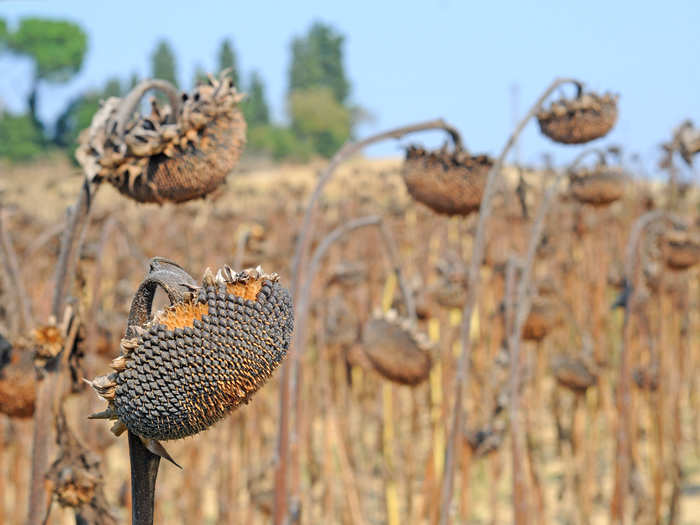
It's not only cottonseed that's important. Cotton makes up 35% of the world's total fiber use and is the leading cash crop in the U.S. Without cotton, we would be stripped of countless clothing and household items, including blue jeans, shoe laces, towels, mattresses, and high-quality paper products.
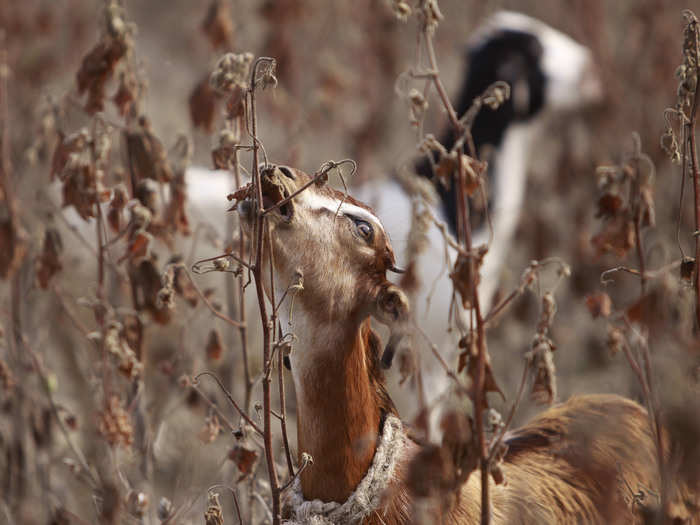
Source: USDA
Across the world, alfalfa fields will perish, meaning beef and dairy cows will go hungry since these pastures are typically harvested as hay to feed cattle.
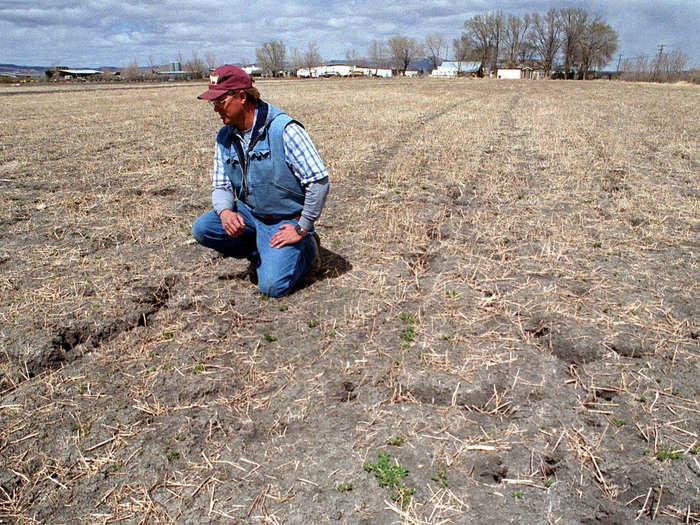
Cows will starve if there is not enough good-quality alfalfa available to eat.
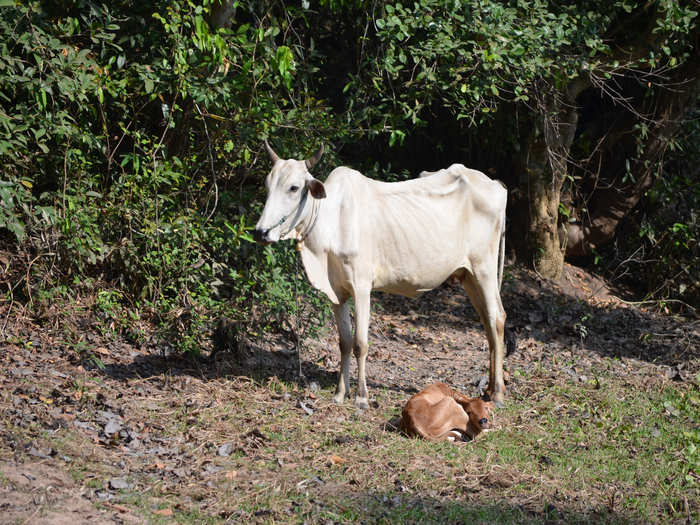
Meat and frozen food cases will look drastically different if cow populations decline. These meats will also become much more expensive.
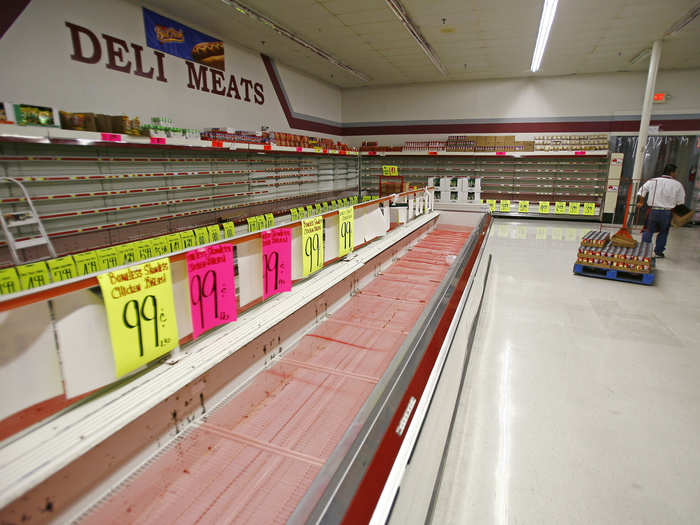
There will still be plenty of pigs since they don't eat much alfalfa.
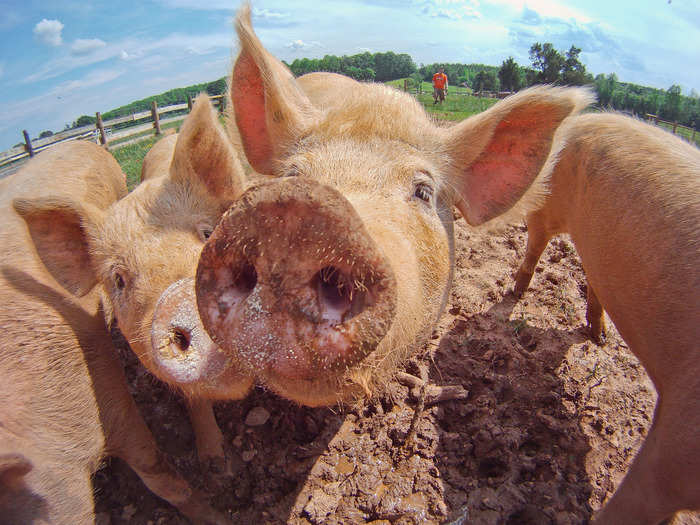
Staple grains, like wheat, rice, and corn will not be badly affected either, since these crops rely largely on wind pollination.
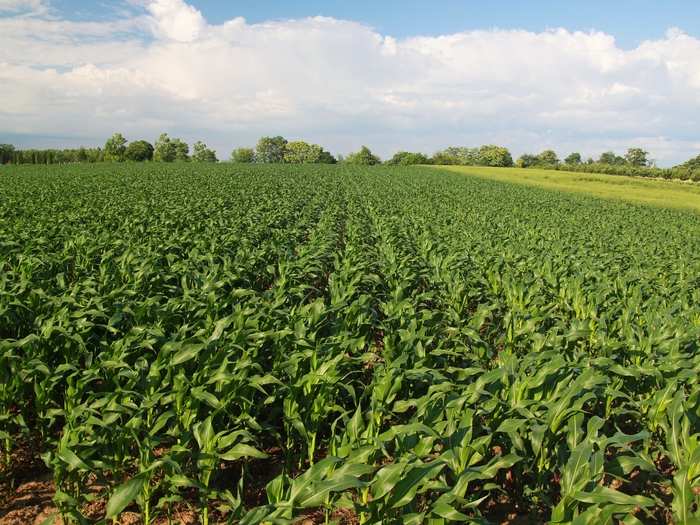
Meaning our diet will be rich in high-fat pork products and bread.
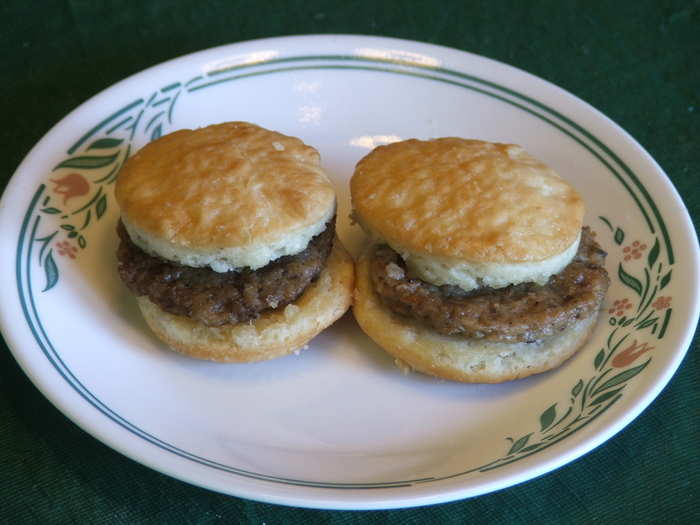
Bees aren't the only thing disappearing — so are our shorelines.

Popular Right Now
Popular Keywords
Advertisement